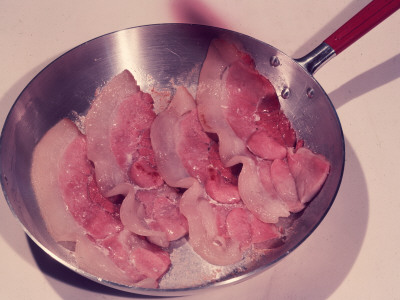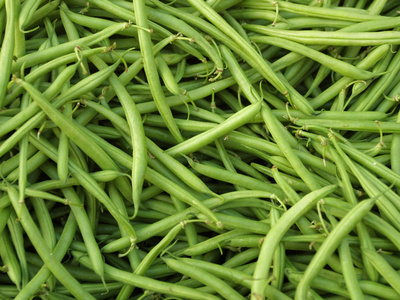Many recipes for meat and vegetables instruct the cook to pat the food dry before cooking. Is this really a necessary step?
As it turns out, patting food dry removes surface moisture (no surprise here). When food comes in contact with heat, any surface moisture converts to steam. Thus, two things happen. The food, instead of contacting the heat source directly, is first steamed before it cooks with another method, even if it is only for a few seconds. If you're steaming vegetables as the first step, then, you can probably ignore the "pat dry" instruction.
|
The second thing that happens is that, as the surface moisture converts to steam, the temperature surrounding the food is temporarily lowered. For some food, it may not matter--for baking bread, for example, we add steam to the hot oven to create that crunchy crust. But if you are sauteing, stir frying, deep frying, or grilling, you will want to pat your food as dry as possible to gain the most flavor from your cooking method.
For fruits and vegetables, the best method I have found for drying surface moisture is the reliable salad spinner. For meats, I use paper towels, wrap the meat up completely, and press until the paper towel stays dry on the outside (this may require a few tries). Yes, it's an extra step, but it means much more flavorful and better-cooked food!


